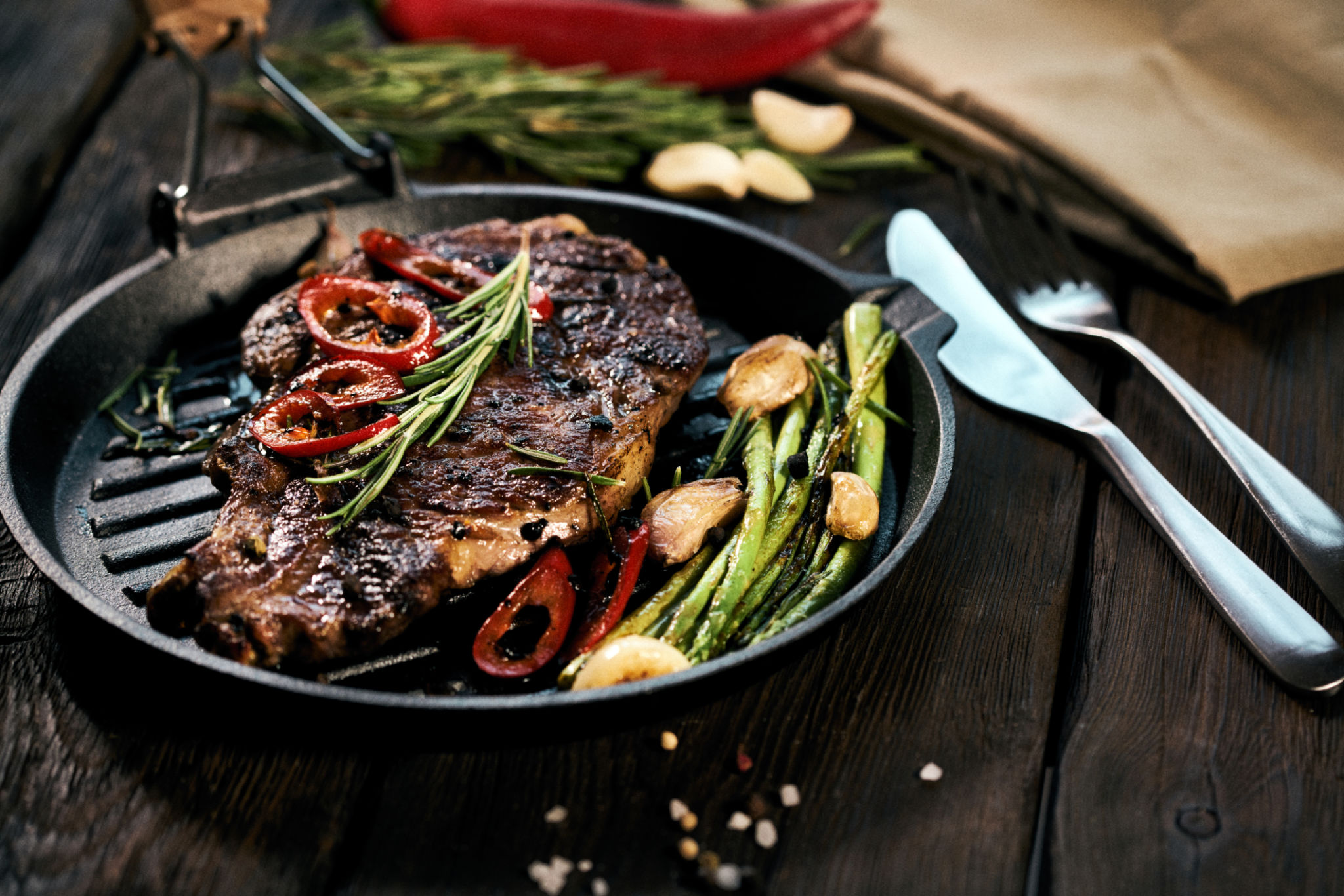Seasonal Diet Planning: Transition Your Meals from Winter to Summer
Understanding Seasonal Diet Changes
As the seasons change, so do our dietary needs and preferences. Transitioning from a winter to a summer diet involves not only changing the types of food we eat but also how we prepare them. During winter, we often crave hearty, warming dishes, while summer calls for lighter, refreshing meals. Recognizing these shifts is essential for maintaining a balanced and enjoyable diet all year round.

Benefits of Seasonal Eating
Eating seasonally offers numerous benefits. Firstly, seasonal produce is often more nutrient-dense, as it's harvested at its peak ripeness. Moreover, it tends to be more affordable and environmentally friendly, reducing the need for long-distance transportation. By focusing on what's in season, you can enjoy a variety of flavors and textures that align with your body's natural rhythms.
In winter, the diet is typically rich in root vegetables, grains, and hearty proteins that provide warmth and energy. As we move into summer, we can embrace a diet rich in fresh fruits, leafy greens, and lighter proteins. This shift not only supports our health but also enhances our culinary experiences.
Transitioning Your Meals
To smoothly transition your meals from winter to summer, start by gradually incorporating seasonal produce into your diet. Swap out root vegetables like potatoes and carrots for lighter options such as zucchini and bell peppers. Consider adding more salads and raw vegetables to your meals as the weather warms up.

Another effective strategy is to change your cooking methods. Move from baking and roasting to grilling and steaming, which help preserve the nutrients in your food and offer a lighter taste. Experimenting with herbs and citrus can also add a refreshing twist to your dishes.
Creating a Balanced Summer Menu
Designing a balanced summer menu involves a mix of fresh ingredients and simple preparations. Here’s a quick guide to building your summer meals:
- Start with a base of leafy greens or whole grains.
- Add colorful vegetables and fruits for vitamins and antioxidants.
- Include a source of lean protein like grilled chicken, fish, or plant-based options.
- Enhance flavors with fresh herbs, spices, and a splash of lemon or lime juice.

Hydration and Refreshment
As temperatures rise, staying hydrated becomes crucial. Incorporate hydrating foods like watermelon, cucumbers, and berries into your meals. Additionally, explore refreshing beverages such as infused water with mint and citrus or homemade iced teas.
Remember, a well-planned summer diet not only nourishes your body but also keeps you energized and active. Embrace the vibrant flavors and colors of the season while enjoying the benefits of a balanced, healthful diet.
